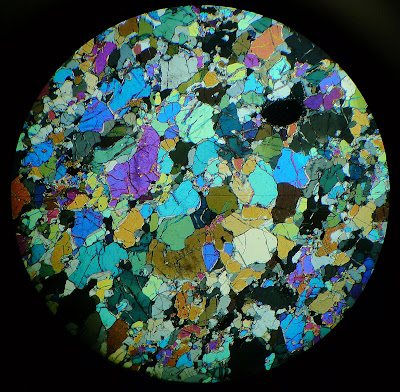These past few weeks, I've been out birding most mornings with a small group of people at Rice. We bird a few spots around Rice campus, and we've seen some great birds, such as a Townsend's warbler, Cassin's vireo, Le Conte's sparrow, among lots of other migrants and winter birds. I really enjoy it and it's a great way to start the day. Sometimes it's hard pulling myself out of bed, but every time I fall back asleep I think to myself, "what if I miss a cool bird that's only going to stay at Rice for 8 hours?!". Even if I don't see a cool new bird, it's still a rewarding experience - just to walk in nature during the quiet hours of the early morning, is enough to make me happy. Now that I have better binoculars, I'm becoming a bit more of a serious birder. This weekend I tallied up all the birds I have seen since I started birding, which is back in 2009, when I went and witnessed spring migration for the first time at High Island, TX. If it weren't for Cin-Ty, my advisor and Rice's resident Bird Man, I wouldn't have seen such cool birds. Just to name a few: Hudsonian godwit (April 2010), California condor (Summer 2010), vermilion flycatcher (OK, not a rare bird, but an AMAZING bird... Big Bend, Summer 2011), Fork-tailed flycatcher (TX coast), etc. Anyway, after I went through my old field notebooks and the bird book, I tallied up 215 species. Not yet a huge number, but hopefully in the years to come, it will double, maybe even triple!
On another non-bird note, here are 3 photos of a texturally equilibrated spinel peridotite (Plane-polarized light, crossed-polarized light, crossed polars with quartz plate inserted):



This is a well-equilibrated sample, meaning that most grain boundaries meet at triple junctions (120 degrees). Interestingly though, the grain size is not uniform - there are still olivine grains that are large, with areas that contain mostly small, recrystallized olivine grains.
Among all the Sierran spinel peridotites, this sample is weird, mainly because it is so fine-grained. The other spinel peridotites have typical harzburgitic textures, with huge olivine grains that contain kink bands almost like accordions. I wonder if these "accordions", which are incipient subgrains, are a step towards complete textural equilibration nearly achieved by this fine-grained sample, where you have far fewer kink bands but many more individual olivine grains.
The question remains though - why is this spinel peridotite, out of all of them, so fine-grained? Did you also notice that the spinels in this sample are riddled with inclusions? Close-up below:

What the heck are these things? Maybe the inclusions are related to melt infiltration, since you can see the boundaries of the spinel are attacked by some melt or fluid. But, note that the color of these spinels is rather pale for a 30 micron thick section. This implies low degrees of melting, probably less than 20% (just an educated guess based on the color of other spinels I've seen). That's intriguing, because all other Sierran spinel peridotites have very dark spinels, indicating high melting degrees, and are extremely coarse-grained (harzburgites). What's the story with this sample? Maybe it's just an anomaly. I wonder what temperature it equilibrated with. There is orthopyroxene in it, so we can do some thermometry. But until then... it will remain mysterious.

